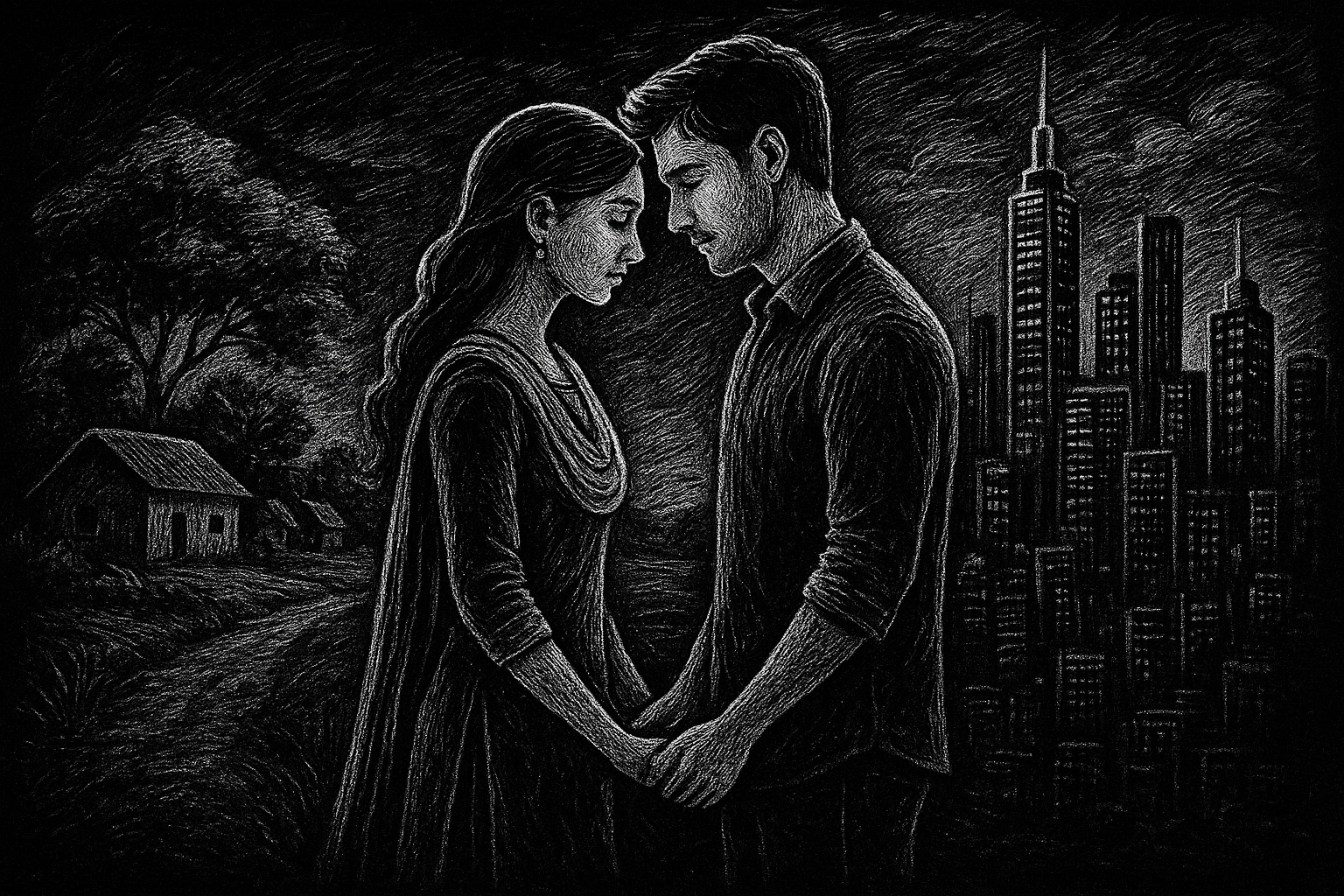Graham Greene remains one of the most influential English writers of the 20th century, celebrated for his novels, short stories, and journalistic contributions. His ability to combine thrilling narratives with deep moral and political themes has ensured his relevance even decades after his passing. For students, researchers, and readers worldwide, Greene’s work continues to be a guide for understanding not only storytelling but also the complexities of human nature. Graham Greene was not just a novelist; he was a storyteller who understood the human soul and the political realities of his time. His works continue to attract readers who want literature that entertains while also provoking thought. Whether through his novels, essays, or journalism, Greene left behind a voice that remains timeless and relevant
Early Life and Background
Graham Greene was born on October 2, 1904, in Berkhamsted, England. He came from a family with strong educational and literary roots. His early years were marked by struggles with mental health, which later shaped the emotional intensity of his writing. After studying at Balliol College, Oxford, Greene began his career as a journalist. This foundation in journalism gave his novels their sharp, investigative style and his characters a realism that resonated with global audiences.
Career as a Writer
Greene’s literary journey covered more than half a century. His early success came with Stamboul Train (1932), a novel that was later adapted into a film. What made Greene different from many other writers was his ability to blend entertainment with moral questioning. His stories were not only exciting but also explored political conflicts, personal dilemmas, and questions of faith.
Some of his most acclaimed novels include:
- The Power and the Glory (1940), which reflects on faith and corruption in Mexico.
- The Heart of the Matter (1948), exploring guilt and betrayal in West Africa.
- The Quiet American (1955), a novel set in Vietnam that predicted the complexities of U.S. involvement in the region.
- Our Man in Havana (1958), a satirical take on espionage and Cold War politics.
Greene often divided his work into two categories: “entertainments,” which were thrillers with lighter tones, and more serious “novels,” which focused on moral and political struggles. However, both styles carried his trademark insight into the human condition.
Greene as a Journalist and Traveler
In addition to fiction, Graham Greene was an adventurous traveler and correspondent. He visited dangerous and politically unstable regions, reporting from Sierra Leone, Mexico, Cuba, and Vietnam. These experiences enriched his fiction, giving it authenticity and global awareness. Greene’s journalistic eye ensured that his novels were never just stories; they were reflections of real-world conflicts.
Themes in His Work
Graham Greene’s writing stands out for its recurring themes. Faith, doubt, sin, and redemption often lie at the heart of his novels. As a Catholic convert, Greene frequently explored the tension between spiritual belief and human weakness. His works also dealt with political corruption, war, espionage, and the individual’s struggle against powerful systems. This combination of personal and political themes gave his novels a universal appeal.
Influence and Legacy
Graham Greene passed away on April 3, 1991, in Switzerland, but his legacy is firmly established. His books continue to be studied in schools and universities, and many of his works have been adapted into films, keeping his stories alive for new generations. Writers, journalists, and filmmakers cite Greene as a major influence for his fearless storytelling and moral depth.
Today, in a world still marked by political conflicts and ethical dilemmas, Greene’s writing feels strikingly modern. His sharp observations on war, power, and humanity make his books essential reading for anyone seeking insight into both history and contemporary issues.







